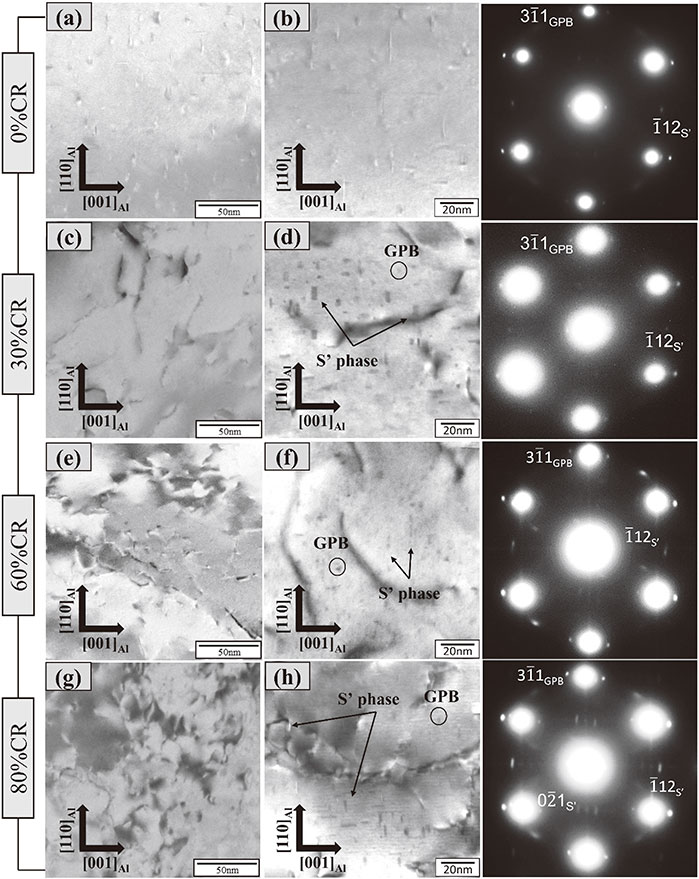66 巻, 2 号
選択された号の論文の15件中1~15を表示しています
- |<
- <
- 1
- >
- >|
Regular Article
Materials Physics
-
原稿種別: Regular Article
2025 年66 巻2 号 p. 153-159
発行日: 2025/02/01
公開日: 2025/01/25
[早期公開] 公開日: 2024/11/22PDF形式でダウンロード (2216K) HTML形式で全画面表示
Microstructure of Materials
-
原稿種別: Regular Article
2025 年66 巻2 号 p. 160-164
発行日: 2025/02/01
公開日: 2025/01/25
[早期公開] 公開日: 2024/11/29PDF形式でダウンロード (1858K) HTML形式で全画面表示
Mechanics of Materials
-
原稿種別: Regular Article
2025 年66 巻2 号 p. 165-170
発行日: 2025/02/01
公開日: 2025/01/25
[早期公開] 公開日: 2024/12/20PDF形式でダウンロード (5828K) HTML形式で全画面表示 -
原稿種別: Regular Article
2025 年66 巻2 号 p. 171-179
発行日: 2025/02/01
公開日: 2025/01/25
[早期公開] 公開日: 2024/11/22PDF形式でダウンロード (2208K) HTML形式で全画面表示 -
原稿種別: Regular Article
2025 年66 巻2 号 p. 180-185
発行日: 2025/02/01
公開日: 2025/01/25
[早期公開] 公開日: 2024/11/29PDF形式でダウンロード (1575K) HTML形式で全画面表示 -
原稿種別: Regular Article
2025 年66 巻2 号 p. 186-190
発行日: 2025/02/01
公開日: 2025/01/25
[早期公開] 公開日: 2024/12/06PDF形式でダウンロード (2545K) HTML形式で全画面表示
Materials Chemistry
-
原稿種別: Regular Article
2025 年66 巻2 号 p. 191-200
発行日: 2025/02/01
公開日: 2025/01/25
PDF形式でダウンロード (2386K) HTML形式で全画面表示
Materials Processing
-
原稿種別: Regular Article
2025 年66 巻2 号 p. 201-210
発行日: 2025/02/01
公開日: 2025/01/25
[早期公開] 公開日: 2024/11/15PDF形式でダウンロード (2617K) HTML形式で全画面表示
Engineering Materials and Their Applications
-
原稿種別: Regular Article
2025 年66 巻2 号 p. 211-219
発行日: 2025/02/01
公開日: 2025/01/25
PDF形式でダウンロード (3669K) HTML形式で全画面表示 -
原稿種別: Regular Article
2025 年66 巻2 号 p. 220-229
発行日: 2025/02/01
公開日: 2025/01/25
[早期公開] 公開日: 2024/11/22PDF形式でダウンロード (3134K) HTML形式で全画面表示 -
原稿種別: Regular Article
2025 年66 巻2 号 p. 230-235
発行日: 2025/02/01
公開日: 2025/01/25
[早期公開] 公開日: 2024/12/06PDF形式でダウンロード (2318K) HTML形式で全画面表示 -
原稿種別: Regular Article
2025 年66 巻2 号 p. 236-245
発行日: 2025/02/01
公開日: 2025/01/25
[早期公開] 公開日: 2024/12/06PDF形式でダウンロード (4878K) HTML形式で全画面表示 -
原稿種別: Regular Article
2025 年66 巻2 号 p. 246-253
発行日: 2025/02/01
公開日: 2025/01/25
PDF形式でダウンロード (6960K) HTML形式で全画面表示 -
原稿種別: Regular Article
2025 年66 巻2 号 p. 254-258
発行日: 2025/02/01
公開日: 2025/01/25
PDF形式でダウンロード (1872K) HTML形式で全画面表示 -
原稿種別: Regular Article
2025 年66 巻2 号 p. 259-264
発行日: 2025/02/01
公開日: 2025/01/25
[早期公開] 公開日: 2024/12/06PDF形式でダウンロード (3892K) HTML形式で全画面表示
- |<
- <
- 1
- >
- >|















